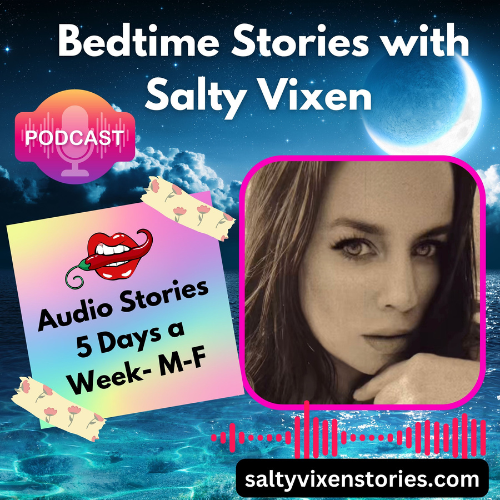How did you come to be the person you are today? Where did you learn the ways you interact with others, the way you communicate or set goals, the way you reconcile your values and beliefs with your actions? There are probably a lot of factors that contributed to who you are. One way we develop and grow is by watching others who we see as being like us, and following their lead, or perhaps doing things in different ways based on what we observe of their actions and the consequences.
A note about language and disability in this article.
These other people are sometimes called role models. Whether you like the idea of a role model or not, we all benefit from seeing others who we think are like us, but older and doing okay. It's one way we can envision future possibilities.
But what happens if you never see yourself in others? Or if you never see anyone in your society that reflects yourself as you want to be?
This is the experience of some people with disabilities. The way that disability is represented in popular culture and the news and entertainment media is often so far off from the lived experience of disability that many disabled people don't see themselves at all in the mainstream media or popular culture. This is especially true when it comes to positive representations of sexuality.
A lack of positive sexual representations of disability, and in fact a lack of representation at all of sexuality and disability can be a significant barrier to constructing a positive sexual self.
Non-disabled people get signposts and direction throughout their lives as to their sexual options. What they get may not be very healthy, and we could all use a lot more in the way of positive role models, but for many people who have lived experience of disability, the complete absence of anyone who is sexy and "looks" like them makes imaging a sexual future more difficult. We learn about our options in part by seeing people living those options. If all you see of yourself in older role models is "the best friend" or "the grouchy neighbor" it becomes a challenge to even know that you can be "the hot mom", or "the swinging single."
Simply having more public examples or role models of sexual and sexy disabled people won't change the world, but it would open up more conversations and more possibilities.
This is true for sexual entertainment, erotica, and pornography as well. It is difficult to find mainstream erotic material that includes disabled bodies as active, proud, sexy, participants. In fact producing sexually explicit material that includes people with disabilities can land the actors in jail.
Of course to talk about positive representations of disability and sexuality raises the question of what is positive, what is negative, what is boring, what is exploitative, etc… Who gets to decide what a good representation is and a bad one? There isn't a simple answer to this question, but it's important for all of us to think about it and at least feel it out for ourselves.
There may be some clear examples of exploitation, but the difference between something that feels empowering and something that feels dis-empowering can also be a deeply personal one. As a sex educator my response to this is that we need more representations that are created by people with disabilities for people with disabilities first, before there's a lot of censoring of voices and opinions.
If you're looking for alternative representations of disability and sexuality, below are a series of examples you can find online. They may not be to everyone's liking, and I am not suggesting these are good or accurate representations. Only that these are examples where people with lived experience of disability either created or co-created the work. This list will continue to grow.
Sins Invalid "is a performance project on disability and sexuality that incubates and celebrates artists with disabilities, centralizing artists of color and queer and gender-variant artists as communities who have been historically marginalized from social discourse." You can watch videos on their site.
This is What Disability Looks Like is not a project specifically about sexual representation, but through their Facebook page they intend "to counter messages that disability is a tragedy or inspirational. Our goal is to explore the rich representations of people with disabilities."
(Sex)Abled is a 14 minute documentary made students at San Francisco State University which is available for free through Sex Smart Films.
Intimate Encounters was a collaborative photography project between photographer Belinda Mason and more than a dozen disabled people who each developed a concept of sexual representation and sexual power and then together they created and shot the images. You can find most of the images on Belinda Mason's site, click on the "Exhibitions" button at the top of the page, and then "Intimate Encounters"
Perfect Imperfect is a series by photographer Rasso Brukert's (who identifies as disabled) which was among the early examples of explicit images that challenge the idea of disabled bodies as asexual, undesirable, uninteresting, and without power. His black and white photographs have been shown around the world, and many of the images can be seen at this link.
Bodies of Difference one of two examples in this list that comes from (as far as I know) a non-disabled photographer, although judging from the intimacy of the images one imagines that the work was quite collaborative. Ashley Savage describes this as "an ongoing series of work, documenting disability, sexuality and physical 'otherness'. Ashley has another related series called Cancer Sucks
Erotic by Nature: Sex and Disability is a series of photographs taken collaboratively by non-disabled photographer and writer David Steinberg. Each series documents a couples intimate sex play in black and white photographs.











